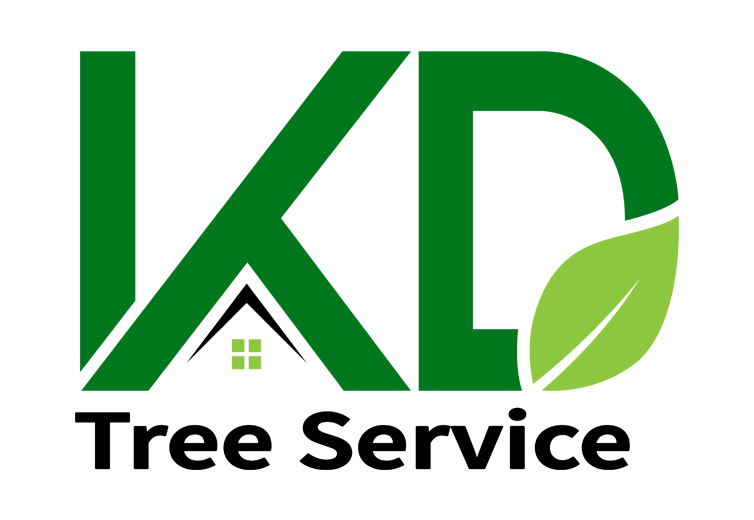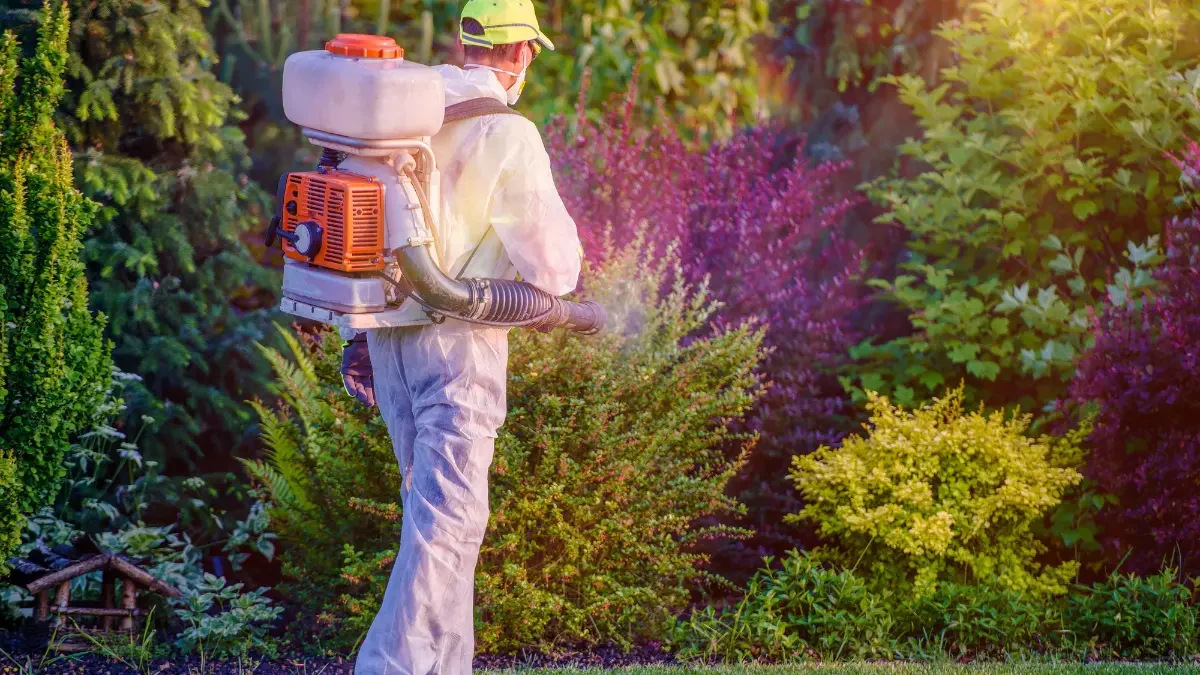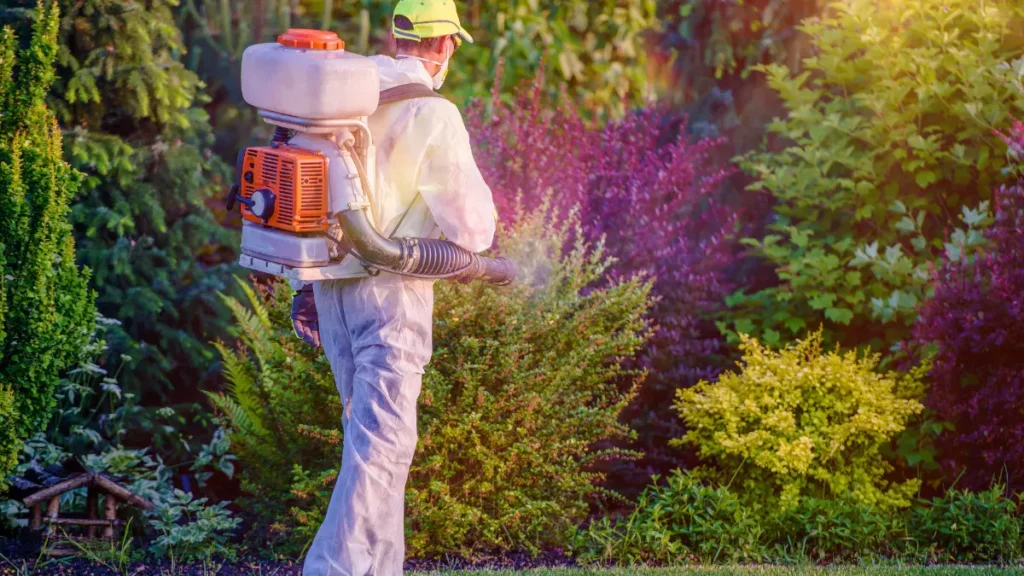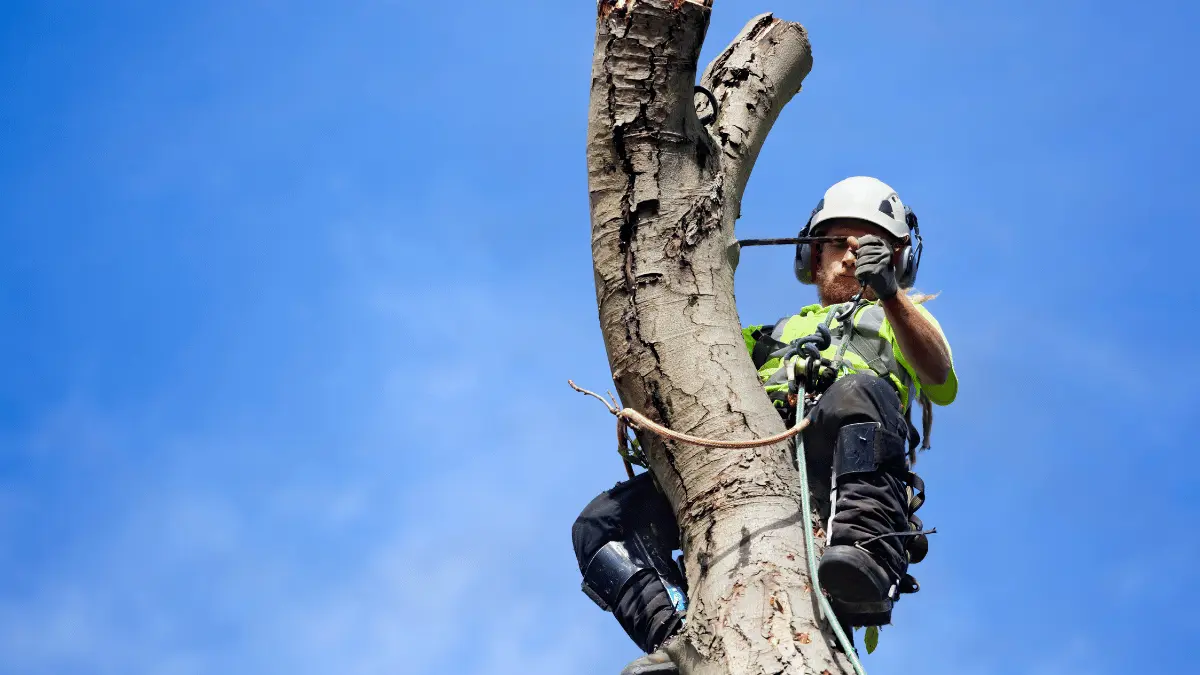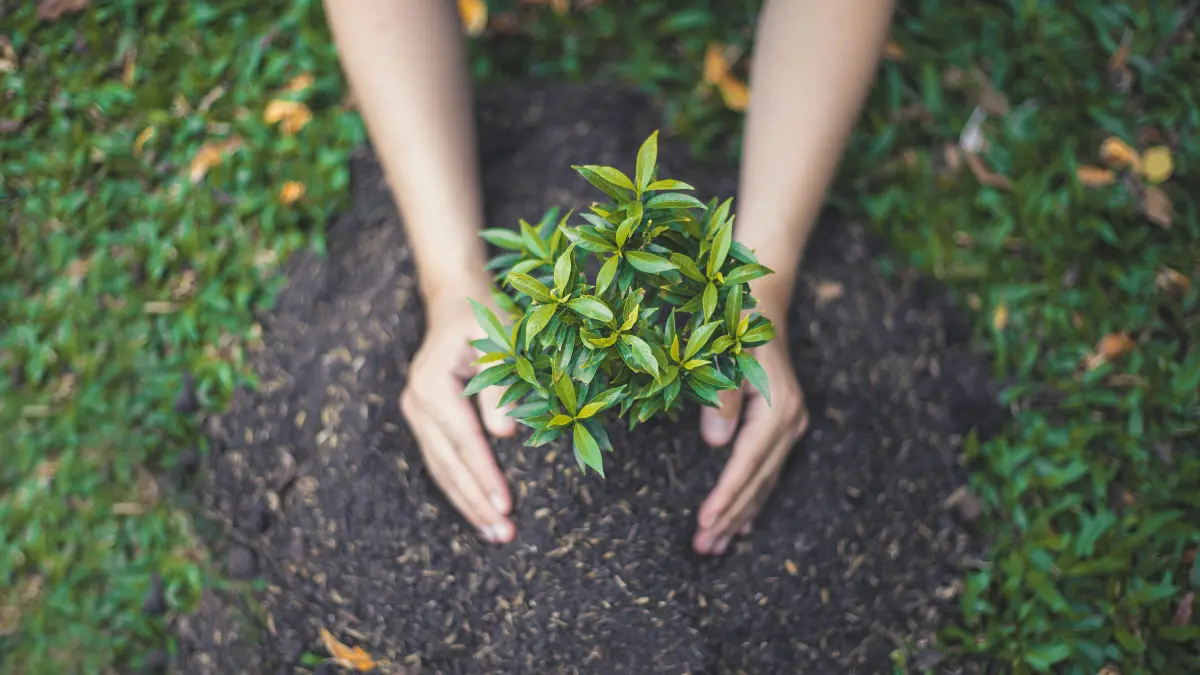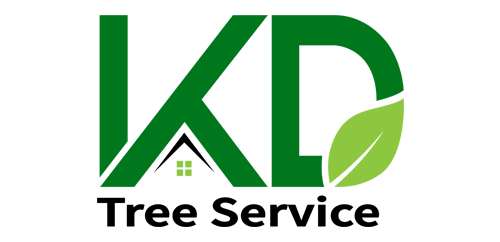McKean County, Pennsylvania, is rich with farmland, family-owned agricultural properties, and beautiful wooded areas that contribute greatly to both the environment and the local economy. Yet, beneath this natural beauty lies a quiet but serious threat tree pests McKean landowners are all too familiar with.
At KD Tree Services, we understand the crucial role of early detection and effective treatment in protecting our beloved trees.
These pests, which are typically undetected at first, might harm crops, weaken trees, and cause long-term issues for the overall tree health on which McKean farms depend.
In this article, we’ll take a closer look at how to spot the most frequent tree pests McKean landowners need to be aware of, highlight the early symptoms of infestations, and share practical, eco-friendly pest control McKean strategies to help preserve both tree health and the broader natural environment.
Protecting tree health in McKean agricultural areas
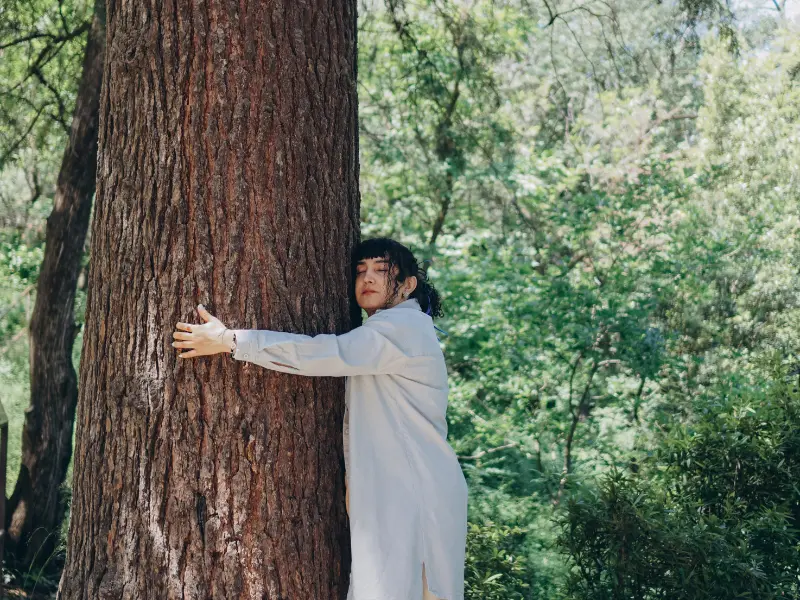
In McKean, tree pests do more than nibble at leaves or burrow into bark they can disrupt a tree’s entire internal system, making it difficult for the tree to absorb water and nutrients. On agricultural properties, this can lead to reduced fruit production, weakened windbreaks, and faster pest spread across orchard lines. That’s why tree pest control McKean farmers and rural property owners should never be delayed.
If you are proud of your garden and expect it to be the greatest in town, you must do regular care and constantly review the environment. Keeping your plants, shrubs, and trees healthy benefits the general well-being of your garden.
Looking after your trees isn’t just about how they look it’s a vital part of protecting your property and ensuring it stays productive for years to come.
In fact, comprehensive tree disease treatment McKean arborists recommend often begins with targeted pest intervention. For the best outcomes, working with experts who offer trusted arborist pest services McKean residents can count on is one of the smartest moves you can make. These professionals who can keep your trees and landscape safe and protected could help you in every way possible.
Major Tree Pests Impacting Agriculture in McKean
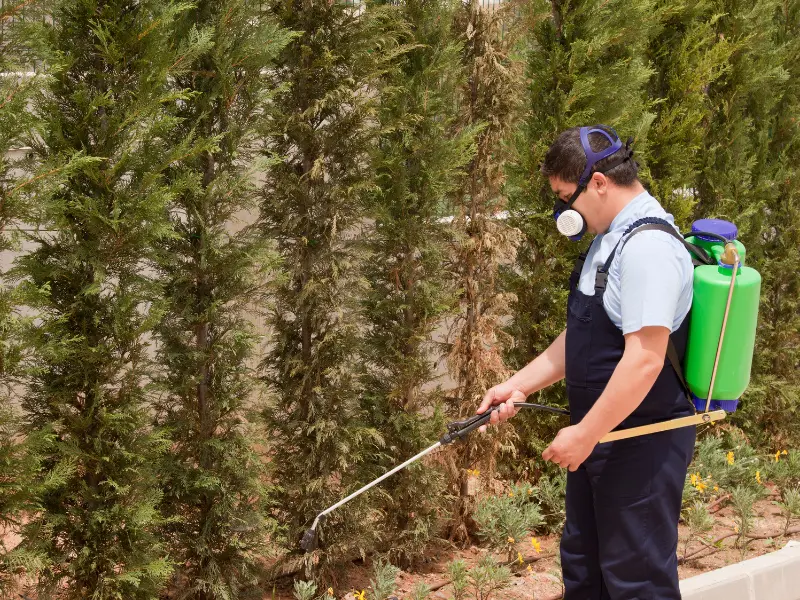
- Emerald Ash Borer (EAB)
Among the most destructive insects threatening local trees, the Emerald ash borer McKean has already led to the loss of countless ash trees throughout Pennsylvania. Tens of millions of ash trees in North America have died and dropped due to the emerald ash borer (EAB), an invasive wood-boring beetle from Asia. This small, green beetle burrows into the bark,
disrupting the tree’s ability to move water and nutrients, eventually leading to decline and death.
Signs to watch for:
- D-shaped exit holes in the trunk
- Thinning or sparse foliage in the upper canopy
- Cracked bark or more frequent woodpecker activity
You should not wait when these symptoms appear. Scheduling a professional tree inspection McKean property owners can help detect the problem early. Fast action supported by expert tree pest control McKean services, and proper tree disease treatment McKean strategies can often save the tree. When in doubt, reach out for arborist pest services McKean specialists provide to stop infestations before they spread.
- Gypsy Moth (Spongy Moth)
This invasive insect poses a serious threat to McKean’s oak, birch, and fruit trees. The caterpillars feed aggressively on leaves, stripping trees bare and leaving them vulnerable to disease and decline. Since 1980, the gypsy moth has been responsible for the annual defoliation of over a million acres of woodland. Repeated defoliation can be fatal, especially without early intervention.
Watch for warning indicators such as
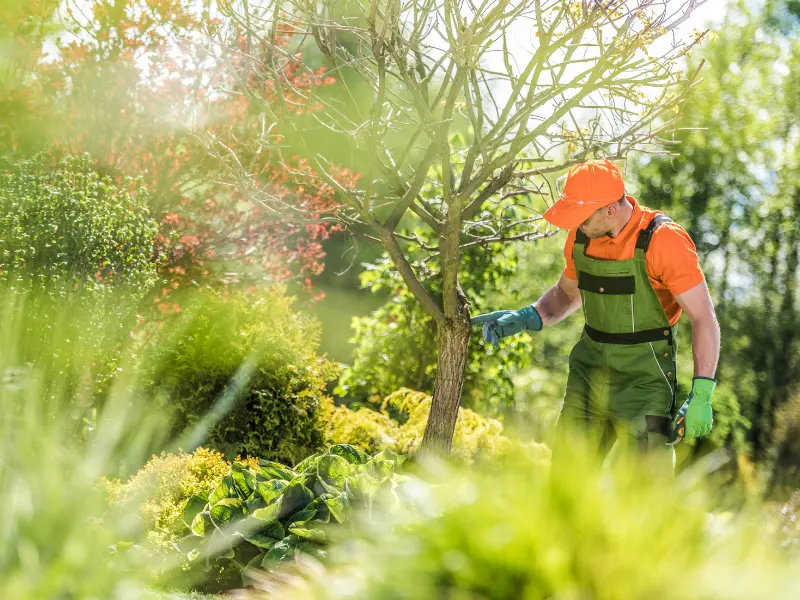
- Bare branches or extensive leaf loss.
- Clusters of fuzzy eggs attached to tree limbs or trunks
- Moth activity noticeably increased in late spring and early summer
For farm owners, farm pest prevention McKean strategies such as egg mass removal and seasonal inspections can help avoid widespread outbreaks. Pair this with eco-friendly pest control McKean residents trust, such as introducing natural predators or using safe biological treatments.
- Aphids and Scale Insects
Though tiny, aphids and scale insects can have a major impact on tree vitality. By feeding on sap from stems and leaves, they gradually weaken the plant’s overall structure.
Aphid infestations can be identified by looking for sooty mold, which is frequently drawn to honeydew, or by looking at the underside of leaves for the pests.
They’re particularly common in fruit orchards and among softwood species. Regular monitoring as part of your plant health checklist can help detect them early and stop the spread before serious damage sets in.
- Tent Caterpillars
These springtime invaders are known for weaving thick, silk-like tents in the forks of tree branches.
Unless treated early, tent caterpillars can easily strip hardwood trees bare, causing future growth to be damaged.
As part of your agricultural pest solutions plan, focus on removing tents early and applying safe, targeted treatments to prevent large-scale canopy loss.
Protecting tree health in McKean agricultural areas

Taking action early can make all the difference when it comes to preserving tree health in McKean. Below is a practical tree pest guide that outlines effective steps to catch pest issues early and respond before they get out of hand.
Inspect Trees Consistently
Create a routine for checking your trees throughout the year. Whether you do it yourself or bring in a pro, routine monitoring helps spot problems like insect clusters, fading leaves, or peeling bark. These early signs are often the first indicators covered in expert arborist inspection tips.
Stick to a Tree Health Routine
Following a consistent care plan, like trimming, feeding, watering, and protecting your trees, goes a long way. To begin timely care of tree disease and reduce losses, it is critical to detect it as soon as feasible. A strong tree is more resilient against pest invasions and can recover faster if pests do appear.
Keep Soil Healthy and Mulch Wisely
Thousands of species-specific tree diseases affect forests and gardens. There is no cure for some of them, while others require urgent care. Effective monitoring is the first step in controlling any tree disease, regardless of its severity or extent of injury.
Healthy soil is the foundation of a pest-resistant tree. Make sure the soil is enriched and drains well, and when using mulch, don’t pile it against the trunk. This simple tip can eliminate many pest hiding spots and support overall tree strength.
FAQs
When should you start treating tree pests in McKean?
The most effective window for tackling tree pests McKean landowners struggle with begins in late winter and continues into early spring. This is when pre-season sprays and systemic treatments can disrupt pest life cycles before they cause real harm. However, certain pests become active in summer or even late fall, so it’s important to follow a seasonal plant health checklist or speak with an expert about a tailored treatment schedule.
Should I inform someone that I believe I have a pest in my trees? Who do I call?
Contact KD Tree Services and pick your state if you think your tree or shrub may be affected with a non-native pest or pest of concern. They will then provide you with the extension services and the state’s contacts for pests of regulatory significance.
Are there tree pest control options for organic farms?
Absolutely. Farmers rely on includes a range of solutions such as neem-based sprays, beneficial predatory insects, and non-toxic tree barriers. These methods are safe for organic operations and still highly effective when applied correctly. Make sure you partner with specialists in sustainable agricultural pest solutions to protect both your crops and the environment.
Our KD Tree services staff is available to assist you in finding and solving pests and other tree issues. To make an appointment, please get in touch with us right now with (518) 625-TREE!

